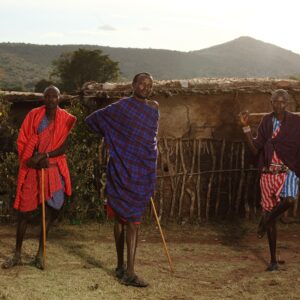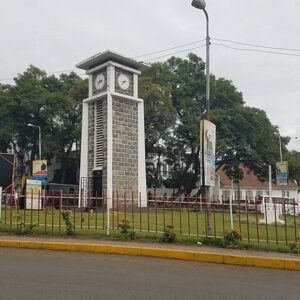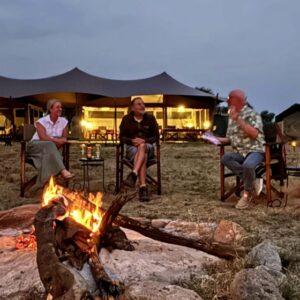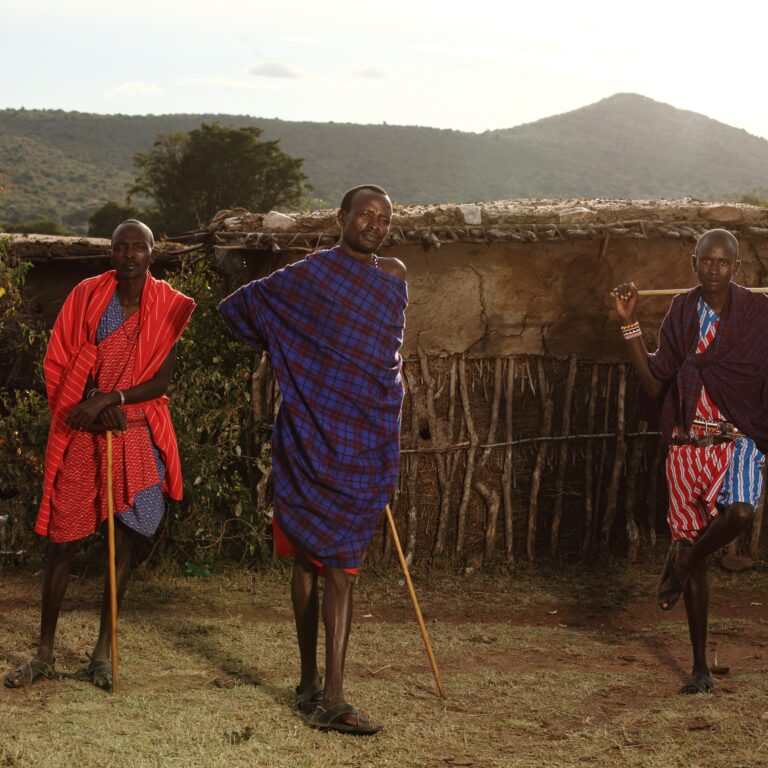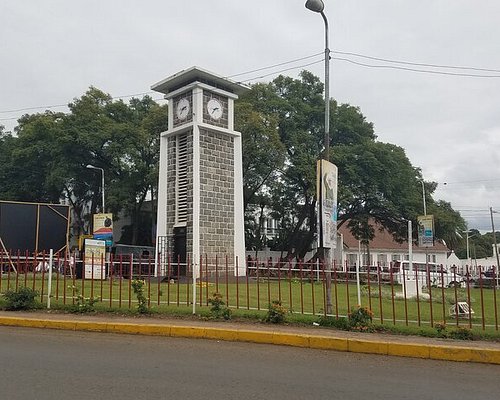The Ngorongoro Crater, a magnificent caldera nestled within the Ngorongoro Conservation Area in northern Tanzania, is frequently hailed as one of the natural wonders of the world. Its reputation precedes it, often being described as a “Garden of Eden” or a “Noah’s Ark” for its incredible wildlife density and breathtaking scenery. For many embarking on a Tanzanian safari, a visit to the Ngorongoro Crater is a non-negotiable highlight, often promising the elusive “Big Five” in a single day. But with its immense popularity come questions: Is it truly as magical as its reputation suggests? Does its allure outweigh potential drawbacks? This article will delve into the unique features, unparalleled wildlife, and overall experience of visiting the Ngorongoro Crater, offering insights to help you decide if this iconic destination is truly worth a spot on your safari itinerary.
What Makes the Ngorongoro Crater Unique? The Geological Marvel
The Ngorongoro Crater is not merely a crater; it’s the world’s largest intact, unflooded, and unbroken volcanic caldera. Formed millions of years ago when a colossal volcano (believed to have been as tall as Mount Kilimanjaro) erupted and then collapsed inward. It created a vast, natural amphitheater. This geological marvel spans approximately 260 square kilometers (100 square miles) and boasts steep. Forested walls rising 400 to 600 meters (1,300 to 2,000 feet) from the crater floor.
This immense natural enclosure has fostered a self-contained ecosystem. Creating a unique environment where a staggering diversity of wildlife thrives year-round. The fertile volcanic soil, nourished by seasonal rains, supports lush short-grass plains, acacia woodlands, and various wetlands. Providing abundant sustenance for its resident animal populations. This extraordinary geological formation, combined with its wildlife, earned it a UNESCO World Heritage Site designation in 1979.
The Wildlife Extravaganza: A Natural Noah’s Ark
One of the most compelling reasons to visit the Ngorongoro Crater is its unparalleled wildlife density. It is home to an estimated 25,000 to 30,000 large mammals. Creating an almost guaranteed game-viewing spectacle. What truly sets it apart is the high probability of encountering the Big Five (lion, leopard, elephant, buffalo, and black rhino) in a single day.
Lions. The crater boasts one of the highest densities of lions in Africa, with numerous prides frequently sighted. These lions are often habituated to vehicles, allowing for fantastic photographic opportunities, sometimes even hunting within meters of safari vehicles.
Black Rhinos. Critically endangered across Africa, the Ngorongoro Crater offers arguably the best chance to spot the rare black rhino in its natural habitat. Conservation efforts here are crucial, and seeing these majestic creatures a truly special experience.
Elephants. While not seen in massive herds like in Tarangire, the crater is home to a significant population of elephants. Including some magnificent “tuskers” with impressive ivory.
Buffalo. Large herds of Cape buffalo graze on the fertile plains, a common and impressive sight.
Leopards. Though naturally elusive, leopards are present and occasionally sighted, often around the forested areas or along the crater rim.
Other Abundant Wildlife. Beyond the Big Five, the crater floor teems with:
Vast herds of wildebeest and zebras.
Numerous Thomson’s and Grant’s gazelles, elands, and impalas.
Prolific populations of spotted hyenas, jackals, and warthogs.
Hippos wallowing in the permanent pools and swamps.
Remarkably, giraffes and impala are generally absent from the crater floor, as the steep walls and lack of specific tree species deter them. But they are found in the wider conservation area.
A Birdwatcher’s Paradise
With over 500 recorded bird species, the Ngorongoro Crater is a fantastic destination for ornithologists and casual birdwatchers alike. The diverse habitats, from the soda lake to the open grasslands and forest patches, attract a wide array of avian life.
Flamingos. Lake Magadi, a shallow soda lake on the crater floor, often hosts spectacular flocks of Greater and Lesser Flamingos, painting the shoreline a vibrant pink.
Raptors. Various birds of prey, including African Fish Eagles, Tawny Eagles, and Augur Buzzards, patrol the skies.
Plains & Forest Birds. Look for majestic Ostriches, Secretary Birds, Kori Bustards, and numerous colorful smaller species in the different habitats.
The Unforgettable Experience: Beyond the Animals
A safari to the Ngorongoro Crater not just about ticking off wildlife sightings; it’s about the entire immersive experience: The Descent. The initial descent down the crater walls breathtaking, offering panoramic views that slowly reveal the vast, wildlife-filled basin below. It truly feels like entering a lost world. The Scenery. The combination of the unbroken caldera walls, the diverse habitats within, and the sheer abundance of life creates an incredibly picturesque and dynamic landscape.
High Probability of Sightings. Due to the relatively confined space and high animal density, game viewing is consistently excellent. You spend less time searching and more time observing.
Year-Round Access. Unlike the Serengeti, where the migration dictates prime viewing areas, the Ngorongoro Crater offers superb game viewing opportunities throughout the year, as most of its animals are resident.
Olduvai Gorge & Human History. The broader Ngorongoro Conservation Area, also home to Olduvai Gorge, one of the most important archaeological sites in the world, offers insights into early human evolution. Many safaris include a stop here. Maasai Cultural Interaction. The Ngorongoro Conservation Area a unique for being a “multiple land use area,” where the semi-nomadic Maasai people live alongside wildlife. Opportunities for respectful cultural visits are available, providing a glimpse into their traditional way of life.
Potential Drawbacks & Considerations
While the Ngorongoro Crater’s allure is undeniable, it’s important to consider a few factors: Crowds. Its popularity means the crater floor can get busy. Especially during peak season (July-October and late December/early January). You might find multiple vehicles at popular sightings. Time Limits. To manage congestion and impact, there are usually limits on how long vehicles can stay on the crater floor (often a half-day or full-day permit).
Cost. Park fees for the Ngorongoro Conservation Area are among the highest in Tanzania, reflecting its protected status and the conservation efforts required. Confined Space (for some). While many appreciate the density, some seasoned safari-goers might find the confined nature of the crater less “wild” than the vast, open plains of the Serengeti. No Off-Roading. Strict regulations prohibit off-roading on the crater floor to protect the delicate ecosystem, meaning you stay on designated tracks.
The Verdict: Is Ngorongoro Crater Worth Visiting?
Unequivocally, yes.


